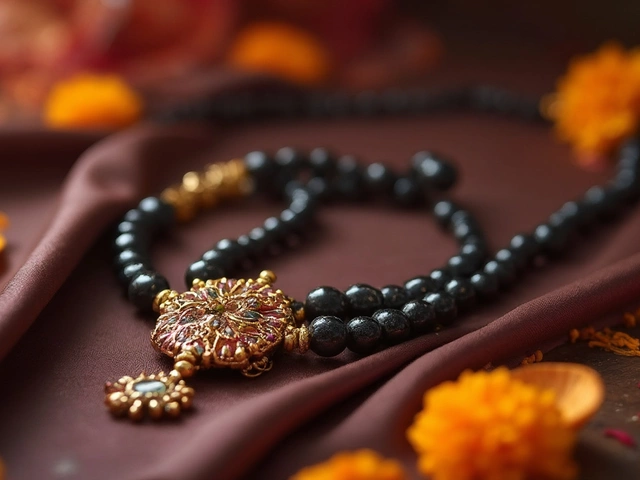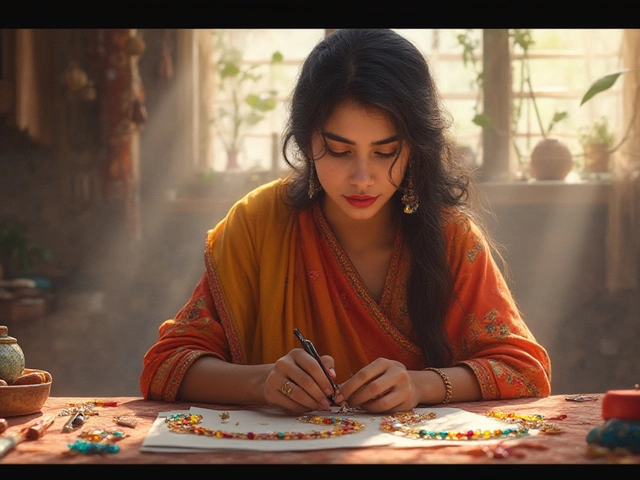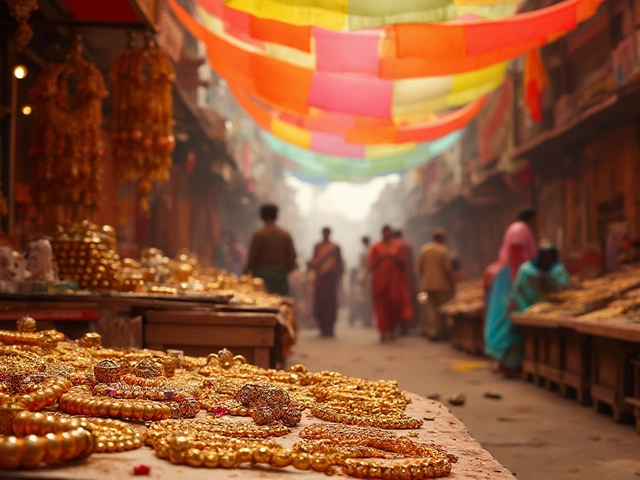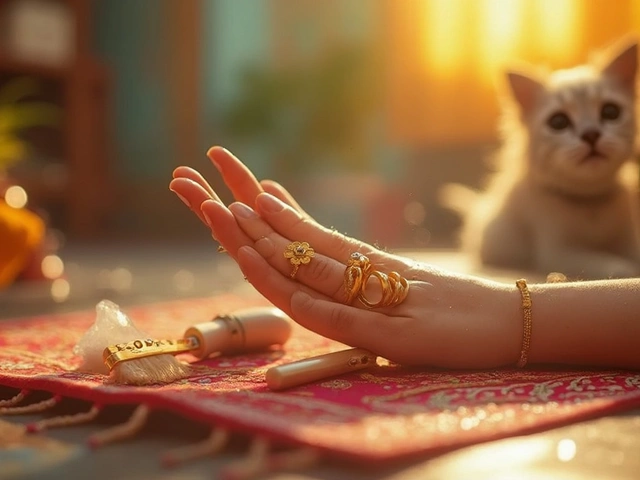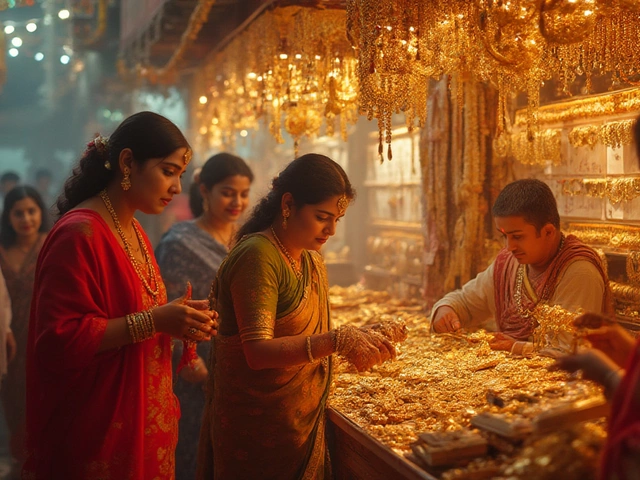Cultural Practices Behind Indian Jewellery
Indian jewellery is more than sparkle – it’s a story of customs, beliefs, and daily life. Every piece you see, from a black bangle to a tiny nose stud, carries a meaning that has been passed down for generations. Understanding these cultural practices helps you pick pieces that fit your style and respect the traditions behind them.
Why Black Bangles Matter
Black bangles are not just a fashion statement. In many regions they symbolize protection, strength, and a connection to the family’s heritage. Traditionally, women wear them during festivals, weddings, or even while sleeping. The dark colour is believed to absorb negative energy and keep the wearer safe. If you’re new to this, start with a simple cuff made of oxidized silver – it’s easy to wear and still holds the cultural vibe.
Another similar tradition is the black beads in a mangalsutra. These beads are said to ward off evil and bring good luck to the couple. Modern designs often mix black onyx with gold or diamonds, so you get the benefit of the tradition without looking outdated.
Nose Pins: Tradition Meets Trend
Nose pins have been part of Indian culture for centuries. They started as a symbol of marital status and a way to show respect for the goddess Parvati. Today, they’re also a fashion accessory that works with both ethnic and western outfits. If you’re wondering whether a nose pin suits you, consider your face shape – a small hoop works well for round faces, while a straight stud looks better on longer faces.
Religion also plays a role. In some Hindu families, a tiny stud is worn from childhood, while in Muslim families a modest nose ring is a common part of a bride’s look. Knowing the background helps you talk about the piece with confidence when you shop online or in a store.
Besides nose pins, other cultural touches include the use of specific fabrics like silk or Pashmina for jewellery boxes, and the practice of checking hallmarks like ‘875’ for gold or ‘833’ for silver. These checks are quick ways to avoid cheap imitations and keep your collection authentic.
When you’re browsing for jewellery, looking at the story behind each item can be as rewarding as the purchase itself. Our tag page gathers posts covering everything from how to tell cheap jewelry, the meaning of 875 gold stamps, to the best month to buy gold in India. Dive into those guides for practical tips, then bring the cultural meaning into your own style.
Bottom line: Indian jewellery is a blend of art, belief, and daily life. Whether you’re adding a black bangle for protection, choosing a nose pin that matches your face, or picking a mangalsutra with black beads, each piece lets you wear a piece of history. Keep the tradition alive, but feel free to add your modern spin – that’s what makes the culture keep moving forward.
Exploring the Tradition and Style of Wearing Two Mangalsutras
The mangalsutra is a symbol of marital unity in Indian culture, traditionally worn by women post-marriage. This article explores the evolving trend and cultural nuances of wearing two mangalsutras, blending tradition with modern jewelry trends. It discusses how style, personal preference, and regional influences play a role in this practice. The article also provides tips on how to elegantly pair different designs and maintain their significance.

